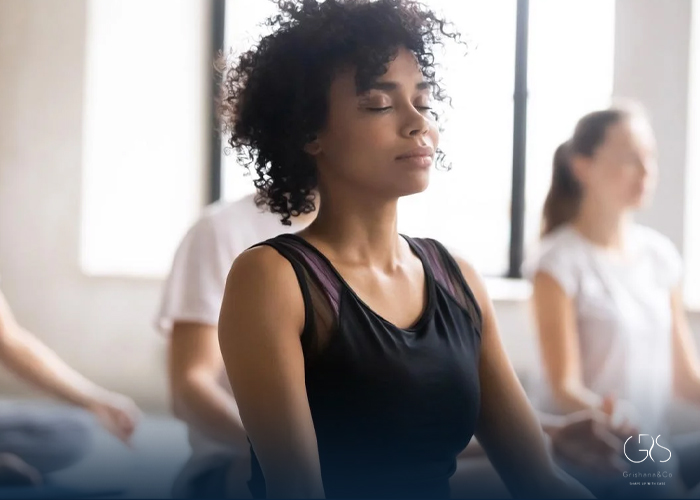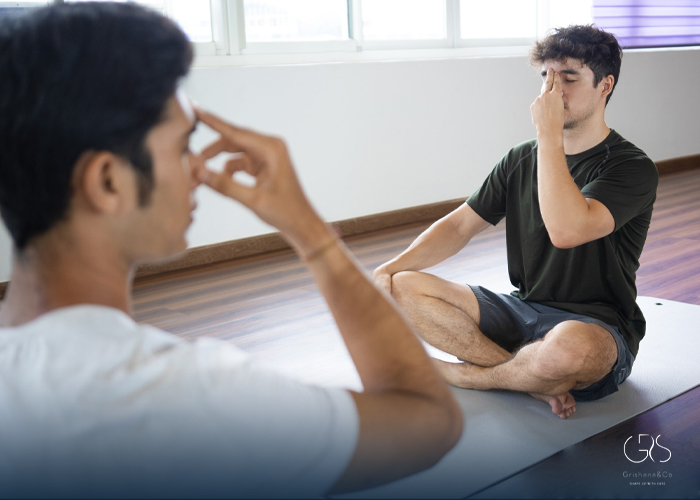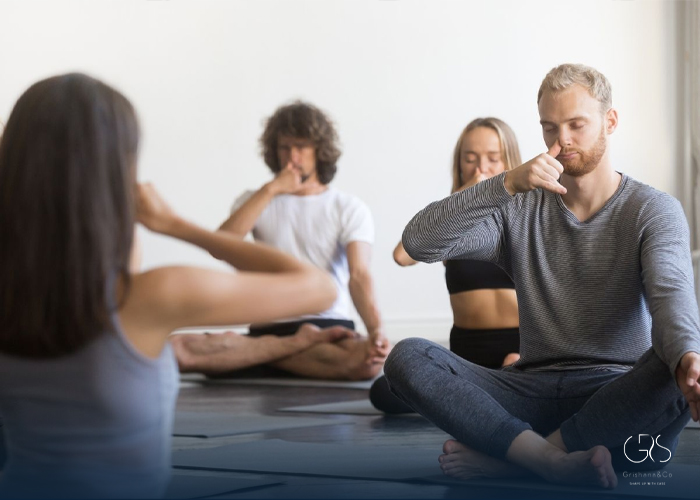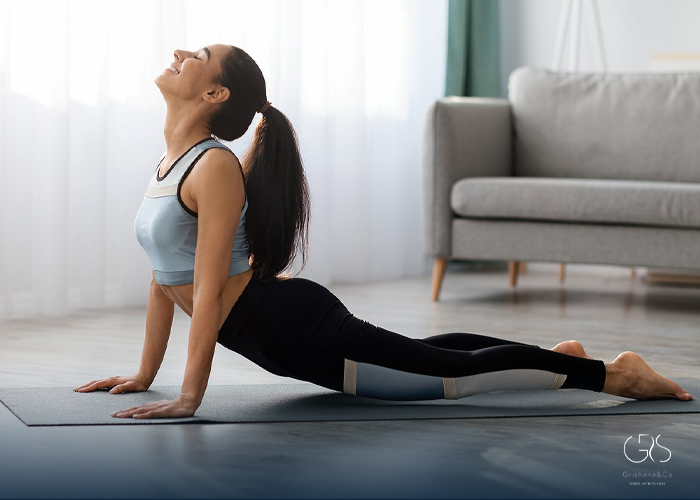In our fast-paced and often stressful world, the simple act of breathing is something that is often taken for granted. However, the way we breathe can have a significant impact on our physical, mental, and emotional well-being. Breathing exercises are a powerful tool that anyone can incorporate into their daily routine to improve their health and reduce stress. In this article, we will explore the purpose of breathing exercises, delve into the numerous benefits they offer such as reducing asthma symptoms, lowering blood pressure, decreasing anxiety and stress, reducing pain, managing COPD breathing difficulties, and discuss different types of breathing exercises. We will also cover when to do breathing exercises, when to seek help from a healthcare provider, and provide a conclusion on the importance of incorporating breathing exercises into daily life.
Purpose of Breathing Exercises:
Breathing exercises are techniques designed to promote relaxation, improve focus, and enhance overall well-being. They involve various breathing patterns and rhythms that help regulate the flow of oxygen in the body and calm the mind. The primary purpose of breathing exercises is to bring awareness to our breath and improve the efficiency of our respiratory system. By focusing on our breath, we can increase oxygen levels in our blood, reduce stress, and improve our mental clarity.
How Breathing Exercises Benefit Health:
Reduce Asthma Symptoms:
Asthma is a chronic respiratory condition that can be triggered by various factors, including stress and anxiety. Breathing exercises have been shown to help reduce asthma symptoms by promoting better lung function and reducing inflammation in the airways. According to the American Academy of Allergy, Asthma & Immunology, practicing breathing exercises can help improve asthma control and reduce the need for medication .
Lower Blood Pressure:
High blood pressure, also known as hypertension, is a common health issue that can lead to serious complications such as heart disease and stroke. Deep breathing exercises, such as diaphragmatic breathing, have been shown to help lower blood pressure by inducing a state of relaxation and reducing stress hormones in the body. The American Heart Association recommends deep breathing exercises as a non-pharmacological approach to managing blood pressure.
Decrease Anxiety and Stress:
One of the most well-known benefits of breathing exercises is their ability to reduce anxiety and stress. By focusing on slow, deep breaths, individuals can activate the body’s relaxation response, leading to a decrease in stress hormones and a sense of calmness. According to the Anxiety and Depression Association of America, deep breathing exercises can be an effective way to manage anxiety and stress.
(Read more about the causes of anxiety)

Reduce Pain:
Breathing exercises can also be an effective tool for managing pain, whether it is chronic pain or discomfort from an acute injury. By practicing breathing techniques that promote relaxation and mindfulness, individuals can reduce their perception of pain and improve their overall quality of life. The National Center for Complementary and Integrative Health recognizes breathing exercises as a complementary approach to pain management.
Manage COPD Breathing Difficulties:
Chronic Obstructive Pulmonary Disease (COPD) is a progressive lung disease that can make breathing difficult. Breathing exercises tailored to individuals with COPD, such as pursed lip breathing and diaphragmatic breathing, can help improve lung function, reduce shortness of breath, and enhance overall respiratory capacity. The COPD Foundation recommends breathing exercises as part of a comprehensive COPD management plan.
Types of Breathing Exercises:
There are several types of breathing exercises that individuals can incorporate into their daily routine to reap the benefits discussed above. Some common types of breathing exercises include:
– Box Breathing:
Box breathing, also known as square breathing, involves breathing in a pattern of four equal parts: inhale, hold, exhale, hold. This technique helps promote relaxation and focus by regulating the breath and promoting rhythmic breathing patterns.
– Deep Breathing:
Deep breathing, also called diaphragmatic breathing, involves taking slow, deep breaths from the diaphragm rather than shallow breaths from the chest. This type of breathing exercise increases oxygen flow in the body, promotes relaxation, and reduces stress.

– Pursed Lip Breathing:
Pursed lip breathing is a technique where individuals breathe in through their nose and exhale slowly through pursed lips. This exercise helps regulate breathing, improve lung function, and reduce shortness of breath, making it beneficial for individuals with respiratory conditions like COPD.
– Resonance Breathing:
Resonance breathing involves breathing at a specific rhythm that creates a vibration in the body, promoting relaxation and reducing stress. This technique encourages individuals to find a balance between inhaling and exhaling to achieve a state of harmony and calm.
– Alternate Nostril Breathing:
Alternate nostril breathing is a yogic breathing technique that involves breathing through one nostril at a time while closing the opposite nostril. This exercise helps balance the flow of energy in the body, improve focus, and promote relaxation.
When To Do Breathing Exercises:
Breathing exercises can be done at any time of the day to promote relaxation, reduce stress, and improve overall well-being. Many individuals find it beneficial to incorporate breathing exercises into their daily routine, such as in the morning upon waking, during stressful situations, before bedtime to aid in sleep, or as part of a mindfulness practice. The key is to find a time that works best for you and to make breathing exercises a consistent habit.

When To See a Healthcare Provider:
While breathing exercises can offer numerous health benefits, it is important to consult with a healthcare provider before incorporating them into your routine, especially if you have a pre-existing medical condition. Individuals with respiratory conditions, cardiovascular issues, or other health concerns should seek guidance from a healthcare provider to ensure that breathing exercises are safe and appropriate for their specific needs.
Conclusion:
Breathing exercises are a powerful and accessible tool that can have a profound impact on our physical, mental, and emotional well-being. By incorporating breathing exercises into our daily routine, we can reduce stress, improve lung function, manage chronic conditions like asthma and COPD, and enhance our overall quality of life. Whether you choose to practice box breathing, deep breathing, pursed lip breathing, or other breathing techniques, the key is consistency and mindfulness. Remember to listen to your body, seek guidance from healthcare providers when needed, and prioritize your health and well-being through the simple act of breathing.
Sources
- Anxiety and Depression Association of America, Tips and Strategies to Manage Anxiety and Stress
- American Lung Association , Breathing Exercises










